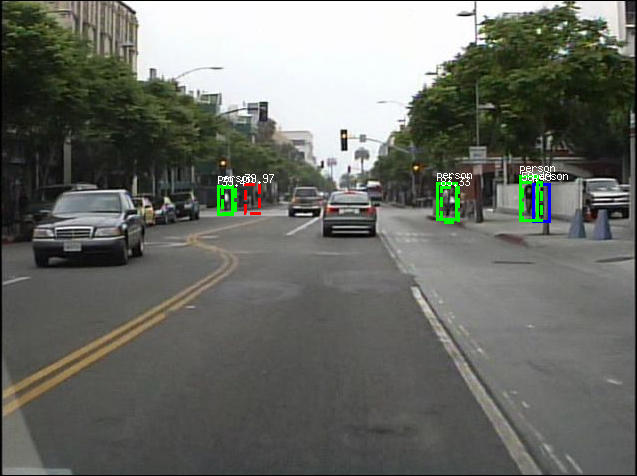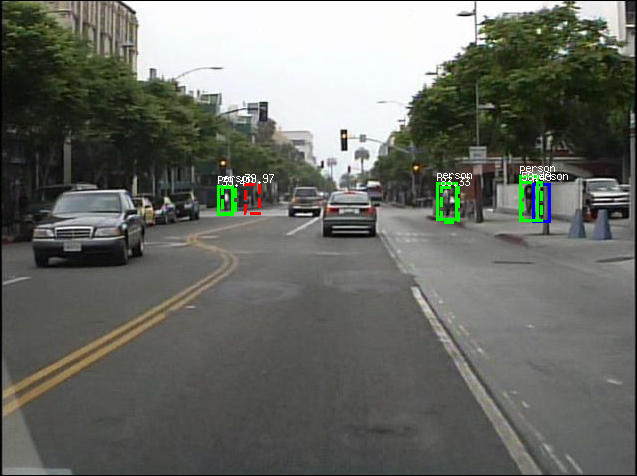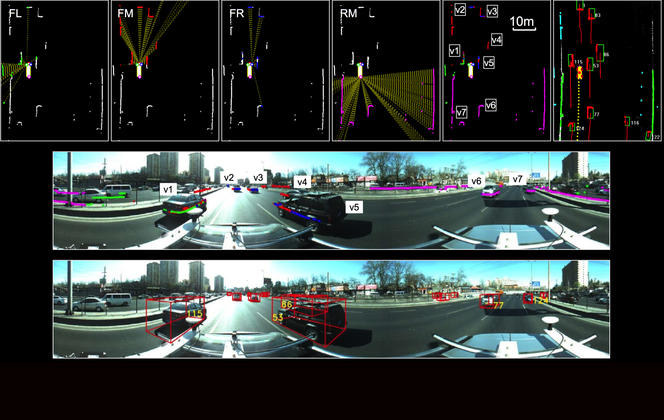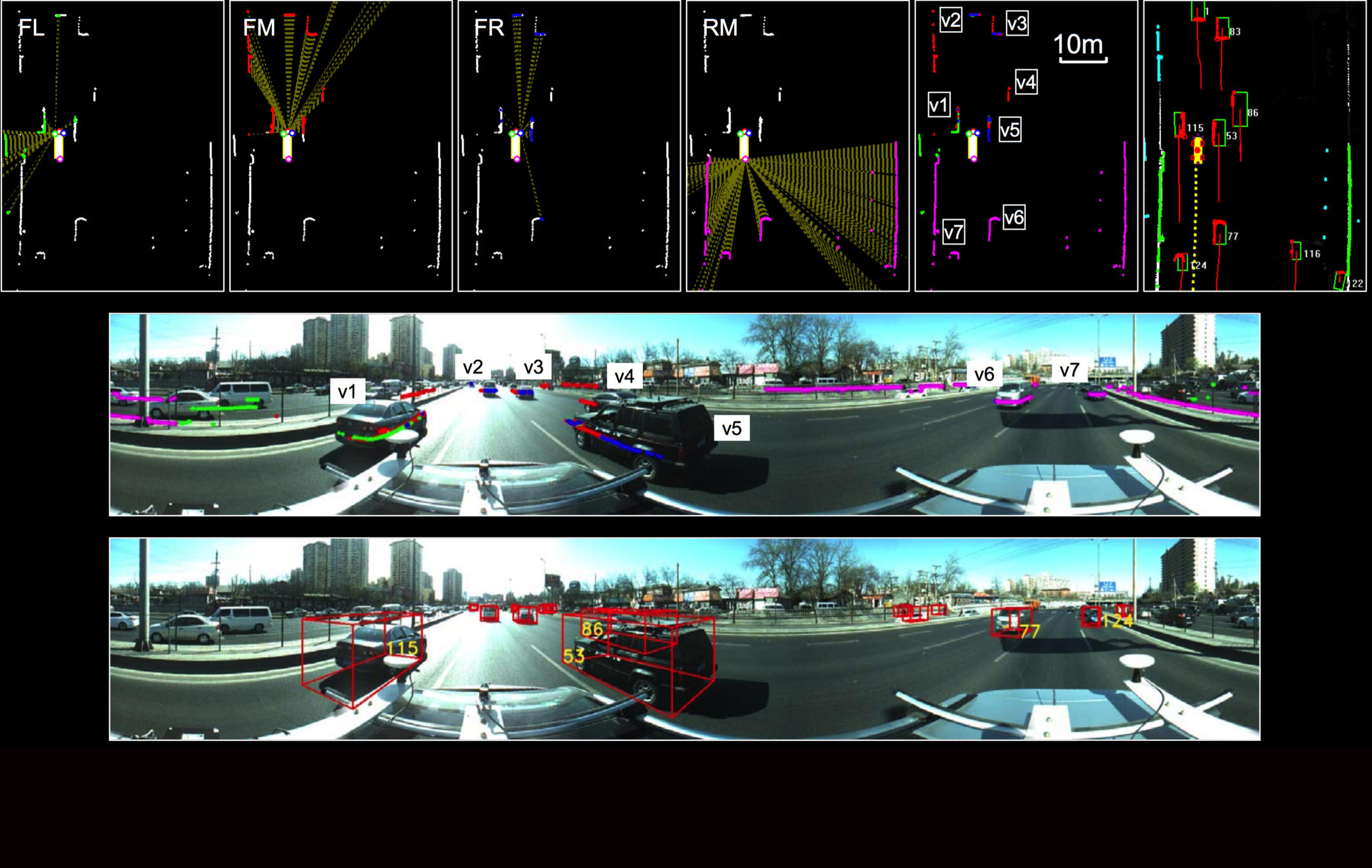You are here
Should Driverless Cars also Be Borderless?

When it comes to driverless cars, driving on practice tracks has little to do with the real world. In real-life situations, respecting the state or country’s driving regulations is not enough; it is also essential to adapt to other drivers and their habits. This is something that Google knows a thing or two about: on February 14, 2016, one of its cars was “impacted”—more than literally—by an implicit rule that says that city buses don’t necessarily have to stop to give the right of way to regular cars.
Enters the PRETIV (Multimodal Perception and Reasoning for Transnational Intelligent Vehicles) project, co-supported by the French National Research Agency (ANR) and the National Natural Science Foundation of China (NSFC). It was created to help vehicles understand the environment and react appropriately. Launched in 2011, the project brings together the Heudiasyc laboratory (Heuristique et diagnostic des systèmes complexes),1 the KLMP (Key Laboratory for Machine Perception) of Peking University (China), Inria in Grenoble and the car manufacturer PSA Peugeot Citroën.
Understanding the environment
Thanks to the partnership with China, researchers have managed to take into account a range of situations hitherto unknown in France: “In China, the driving environment is relatively unconstrained,” explains Franck Davoine, CNRS researcher and coordinator of the PRETIV project. “Cars and pedestrians cohabit at large intersections. We also come across significant differences in terms of infrastructures and the objects that we can encounter on a road, such as overloaded tricycles.”
One of the many challenges to meet consists in reducing detection errors whose rates are still too high to conform to the rules imposed by car manufacturers. What doesn’t help either is that Chinese pedestrians could behave differently than French ones. Nor does a tricycle laden with bundles look or act like one of France’s Vélib (self-service) bicycles shooting off a street curb.
And the roadblocks don’t end there. While a self-driving car’s robotic system learns more effectively when the same route is repeated, any overly dramatic change in the environment will shake it up and make it lose its bearings. This is the case of landscapes that undergo seasonal variations such as urban zones with vegetation—such as parks. In the long term, the on-board computers of driverless cars will undoubtedly include behavior data on top of the local highway code, as well as updated maps that take into account the appearance of roads, infrastructures and urban networks associated with the country… and also the season.
Already, the Universität Karlsruhe in Germany and Caltech in California are opening up their urban scene analysis databases. “This allows us to teach our algorithms not only what pedestrians look like, but how they behave when on a road,” enthuses Davoine. But this data remains country-specific and needs to be filled out on a global level.
This is why “we are opting towards solutions where the driver or a remote operator can regain control of the vehicle if a problem arises,” points out Véronique Cherfaoui, an Associate Professor at Heudiasyc.
Exchange of knowhow
Until 2015, researchers have carried out numerous tests and data-acquisition projects, using different approaches for the two countries. The Chinese, backed by a very motivated government, are testing their driverless cars on Beijing’s ring roads, quickly learning from their failures and successes.
In France, permission is progressively being granted, but at a much slower pace, pushing researchers to move forward with greater caution, as they try to make every trial successful. Ultimately, the results have been balanced and the exchanges fruitful. “In terms of perception of the environment, our Chinese partners primarily use advanced laser-based techniques,” notes Davoine. “On the other hand, we have contributed our expertise with camera detection, and have jointly developed new methods for understanding driving situations.”
Further study is required to assess these methods. For now, Heudiasyc is continuing its collaboration with the Universities of Beijing, Shanghai and Nanjing.
At the same time, it is also developing collaborative driving solutions to extend the scope of perception of vehicles using information provided by other road users and by infrastructures.
This research is being tackled by a “challenge team” from the Labex MS2T at UTC, which successfully tested its methods during the international GCDC challenge2 2016 held in the Netherlands at the end of May 2016.
Explore more
Author
Holding degrees from both the Bordeaux Institute of Journalism and the Efet photography school, Guillaume Garvanèse is a journalist and photographer, specialized in health and social issues. He has worked for the French group Moniteur.











